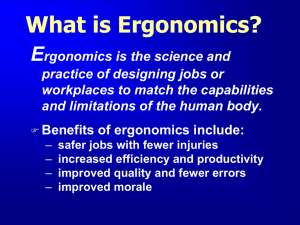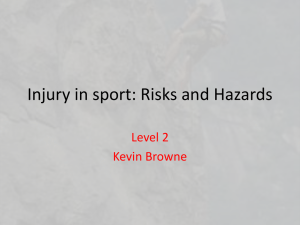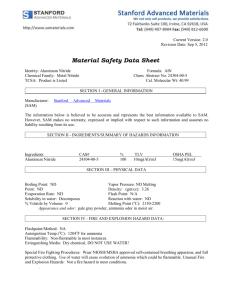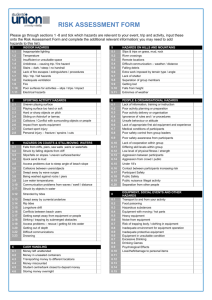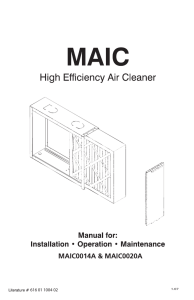Writing Effective Instructions: A Guide
advertisement
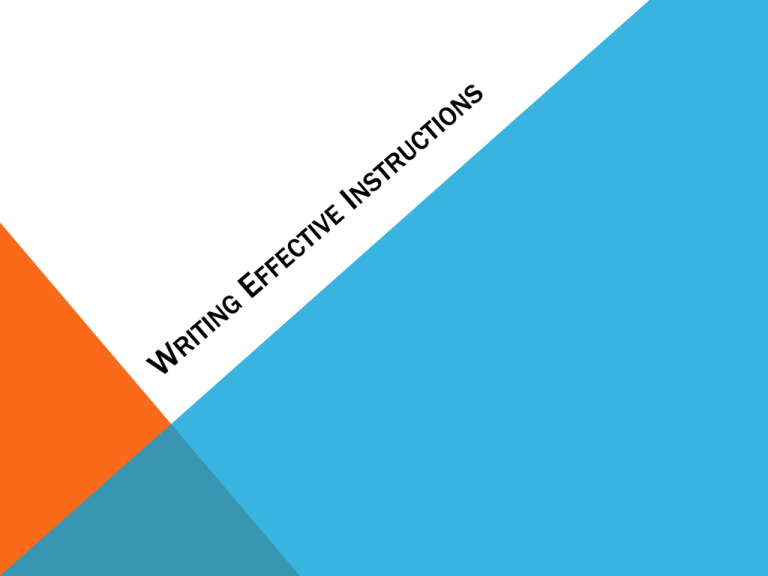
AUDIENCE AND PURPOSE Instructions help the reader perform a task. novice: first-time user experienced: has performed a similar task WHAT AUDIENCES WANT TO KNOW • Why am I doing this? • How do I do it? • What material or equipment do I need? • Where do I begin? • What do I do next? • What could go wrong? EFFECTIVE AND EXCELLENT INSTRUCTIONS • Clear and limiting title • Informed content • Visuals • Appropriate level of detail and technicality • Logically ordered steps • Notes and hazard notices • Readability • Effective design NOTICES • note – clarifies a point, emphasizes vital information, or describes options or alternatives • caution – prevents possible mistakes that could result in injury or equipment damage • warning – alerts users to potential hazards to life or limb • danger – identifies an immediate hazard to life or limb LEGAL ISSUES • failure to instruct and caution users in the proper use of a product • failure to warn against hazards from proper use • failure to warn against the possible misuses • failure to explain a product’s benefits and risks in language that average consumers can understand • failure to convey the extent of risk with forceful language • failure to display warnings prominently “Courts have ruled that a writing defect in product support literature carries the same type of liability as a design or manufacturing defect in the product itself.” (Lannon 487, from Girill “Technical Communication and the Law” 37)






